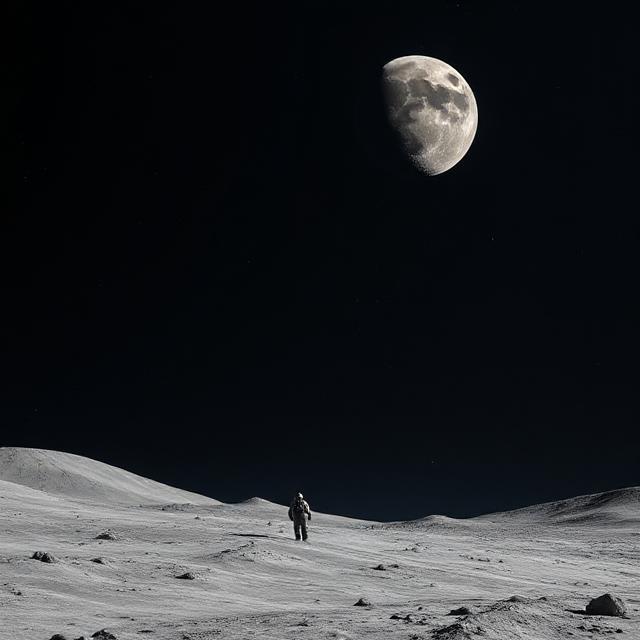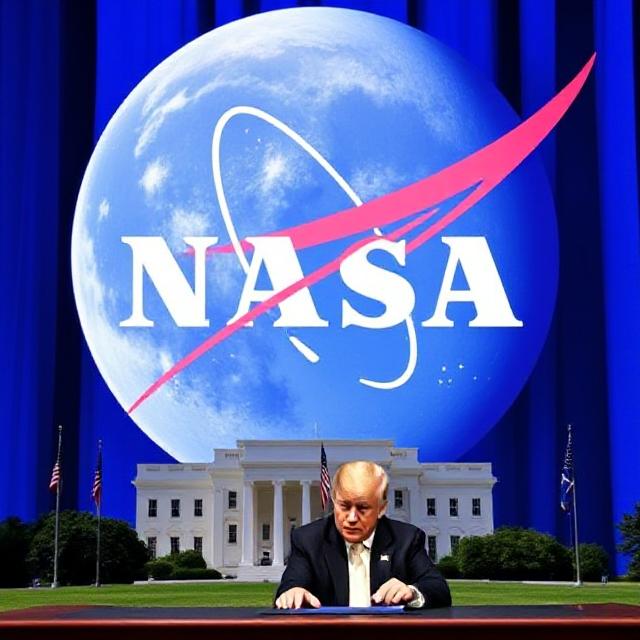Here, we examine how China is extending its deep-space aspirations, from landing astronauts on the moon to retrieving rocks from Mars, and how it is posing the biggest threat to US space leadership in 60 years

space epoch
. The US Senate recently approved an additional $10 billion for NASA’s Artemis moon exploration program, which is a significant boost to contractors like Boeing.
While many view this as a domestic victory over SpaceX and other newer space players, it also shows the Trump administration’s resolve to stay ahead of China in an increasingly competitive space race.
Chian Tianwen 3 mission is under development stage mission to gather and comeback at least 500 grammes of Martial samples by 2031.
The plan consist of two spacecraft one will land on Mars to scoop, drill and deploy a drone to collect nearby rocks.
The collected material will then be launched into orbit, where a second spacecraft will rendezvous, capture the container, and bring it back to Earth
. In the space race, the United States has long held the lead, but the Chinese program is quickly catching up.
The US started gathering samples on the red planet in 2021 with its Perseverance over,but there is currently no final plan or launch date for the return mission due to
significant delays and skyrocketing costs.
China has a genuine chance of surpassing the United States in solar system
exploration.
Mega budget cuts to NASA Science programs are creating difficulties for NASA mission to Venus , Jupiter near Earth Asteroids.
China continues to progress. It is preparing for Tianwen -4 which will aim Jupiter and Uranus for leap into outer solar system and launched Tianwen 2 a mission to collect samples from Earth asteroid.

CSA
Will the next words spoken on the moon be in Mandarin?
With all of the mega hardware in prototype stage and huge testing, China hopes to send two astronauts to the moon by 2030.
The Long March-10 moon rocket may make its first flight next year, and the Chinese program’s Mengzhou crew capsule just passed a important safety test previous month.
China is working on the Wangyu spacesuit and the Lanyue lunar lander, both of which are undergoing testing.
On paper, NASA remains in the lead, with Artemis III aiming for a crewed landing by 2027.
However, there are huge technical challenges for the mission. Its mega lunar lander, a modified SpaceX Starship, needs to be refuelled in orbit.
How committed is China to making a lunar base?
Planning is in progress for China’s aim of building the International Lunar Research Station (ILRS), a permanent base, near to the moon’s south pole by 2035.
The first important planning meeting was held in 2023 in Wuhan, a central city, with over 100 researchers from universities, labs, and space companies.
In order to test lunar bricks under difficult space enviroment , a team has since developed a method for baking them using simulated soil and sent them to China’s Tiangong space station.
During the Chang’e-8 mission in 2028, China goal to place its first actual brick on the moon.
Using sunlight, a team in the central province of Anhui has created a 3D printer that can melt lunar soil into bricks good enough for buildings and roads.
They have also developed a prototype to extract water ice, using a bundle of tiny drill needles to heat the moon soil, release vapour and gather it.
Architects in China have proposed various concepts for the research station, consisting of bases on the open lunar surface, at the bottom of craters, and in underground lava tubes.
Each features various linked modules and is meant to support three to four astronauts during short-term stays.
Will China lead the progress in developing the infrastructure important for deep space?
By placing the first relay satellite, Queqiao, in a unique halo orbit outside of the moon, China has already made history.
It permits constant communication between China’s Chang’e-4 spacecraft, the first to softly land on the far side of the moon, and Earth from that location.
Even more powerful is its replacement, Queqiao-2, which was launched earlier this year.
Operating in elliptical lunar orbit, it is designed to support up to 10 missions operating on the lunar far side at the same time.
Chinese scientists have proposed building a BeiDou-like navigation and communication system for the moon and deep space
To provide high-bandwidth communication and real-time navigation services for a moon landing, moon base construction, a crewed landing on Mars, 20 to 30 satellites are planned to be positioned in various orbits around Earth, the moon.
China is taking the lead in developing the vital infrastructure that deep-space exploration will require in the coming decades, while NASA and its partners concentrate on constructing the Gateway lunar station.
What traits of China’s space program are less popular?
China is ready for its first planetary defence mission, which will target 2015 XF261, a near-Earth asteroid that is 30 meters wide.
The strategy, which was influenced by NASA’s 2022 Dart mission, calls for crashing one spacecraft into the asteroid to change its trajectory.
All of China’s Chang’e probes, meanwhile, have been assigned missions. Before contact was lost in 2014, Chang’e-2 flew into deep space and passed by the asteroid Toutatis after orbiting and mapping the moon in 2010.
The Chang’e-5 orbiter flew to the fuel-efficient, gravitationally balanced sun-Earth L1 point for orbit control tests and space environment monitoring in 2020 after delivering lunar samples.
Later, during the Artemis I mission, NASA’s Orion spacecraft became the second probe to enter a retrograde orbit after it comeback to the moon.
The Chang’e-6’s lunar orbiter looks to have arrived at the sun-Earth L2 point, where it might be conducting communications and navigation tests.
Future Chinese astronomy flagship projects, the Earth 2.0 exoplanet-hunting telescope, which is scheduled to launch in 2028, ma get advantage from the mission.
Is China utilizing space to gain friends on Earth?
Definitely. As a result of being shut out of much of the US-led international space community for decades, China has progressed its own capabilities and is now making itself as a worldwide partner.
China’s Chang’e missions have allowed Pakistan to launch its first satellite into moon orbit and Europe to land its first scientific instrument on the moon.
China has also enlisted Russia as a major partner for its planned lunar base, providing nuclear power systems.
The US-led Artemis Accords are frequently compared to the China-led ILRS.
However, the ILRS is accessible to space agencies, academic institutions, non-profit organisations, and private businesses, in contrast to the more government-focused Artemis framework.
More than dozen national space agencies have joined.
In a classic soft power move that is reminiscent of America’s own Apollo-era diplomacy, China is making its lunar samples available to the world.
Although NASA forbids Chinese scientists from accessing Apollo rocks, China this year loaned Chang’e-5 samples to two American researchers due to legal restrictions, they were unable to use NASA funding.
Material from the Chang’e-6 mission, the first and only samples ever returned from the moon’s far side, will be distributed by China, the country has promised.

MTO

